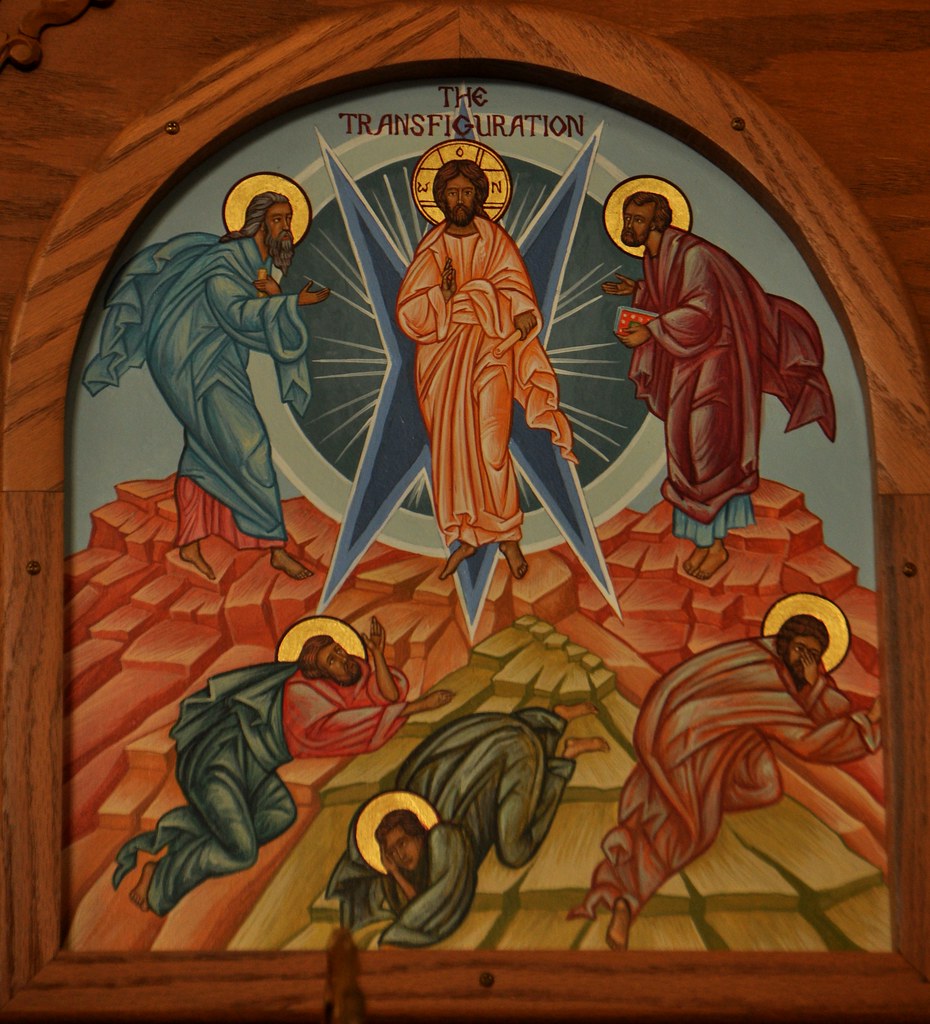 To be exact, three days on the liturgical calendar honor buildings—and another celebrates a chair. Since most Catholics think of feast days as memorials of saints and martyrs, the notion of venerating places and furniture can sound more than a little odd.
To be exact, three days on the liturgical calendar honor buildings—and another celebrates a chair. Since most Catholics think of feast days as memorials of saints and martyrs, the notion of venerating places and furniture can sound more than a little odd.
The church calendar also recalls important revelatory events in the life of Jesus like Epiphany, the Ascension, or his Baptism; a theological "feast" celebrating God as Trinity; sacramental celebrations like the Body and Blood of Christ; and birthdays like the Nativity of John the Baptist, Mary, and Jesus. Marian days include title feasts for names under which we honor Mary, including Our Lady of the Rosary and the acknowledgment of her Queenship.
So not all feast days honor saints, and not all focus specifically on people. Back to celebrations of "things." The three buildings plus chair annually honored are as follows: the Dedications of the Basilica of St. Mary Major (Aug 5), Basilica of St. John Lateran (Nov 9), the Basilicas of Sts. Peter and Paul, Apostles (Nov 18), and the Chair of Peter (Feb 22).
The four patriarchal basilicas are ancient in origin, and are all in Rome. The Lateran is important as the episcopal seat of the bishop of Rome, a.k.a. the Pope's cathedral, and is the highest-ranking Catholic church. Originally the property of the Laterani family, it was called the Church of the Savior after being donated to the Church by Constantine in the 4th century. The pope's official residence was on the grounds of this basilica until 1309 when papal offices moved to Avignon. The Lateran was damaged by earthquakes (in 443 and 896), barbarian invasions (455 and the 700s), and fires (1308 and 1360). It was rededicated to St. John the Baptist after the rebuild of 905, and for its many resurrections is symbolic of the Church's resilience through history.
St. Mary Major was built in the 4th century, according to legend, after snow fell on the site in August. It was formerly known as Our Lady of the Snows. St. Peter's Basilica was built over the crypt where Peter is believed to be buried. Over 130 popes also rest there. St. Paul's Outside the Walls honors the relics of Paul. The Chair of Peter, housed at the Vatican, is a wooden throne gifted to the pope in 875. It represents the fullness of papal authority derived from "sitting in Peter's seat."
Scriptures: Isa 2:1-5; Matt 21:12-13; 1 Cor 3:9-17; 2 Cor 6:16; Eph 2:19-22
Books: The Jubilee Guide to Rome: The Four Basilicas, the Great Pilgrimage - Andrea Braghin et. al. (Collegeville: Liturgical Press, 1998)
The Major Basilicas of Rome - Roberta Vicchi (New York: Scala Press, 1999)



